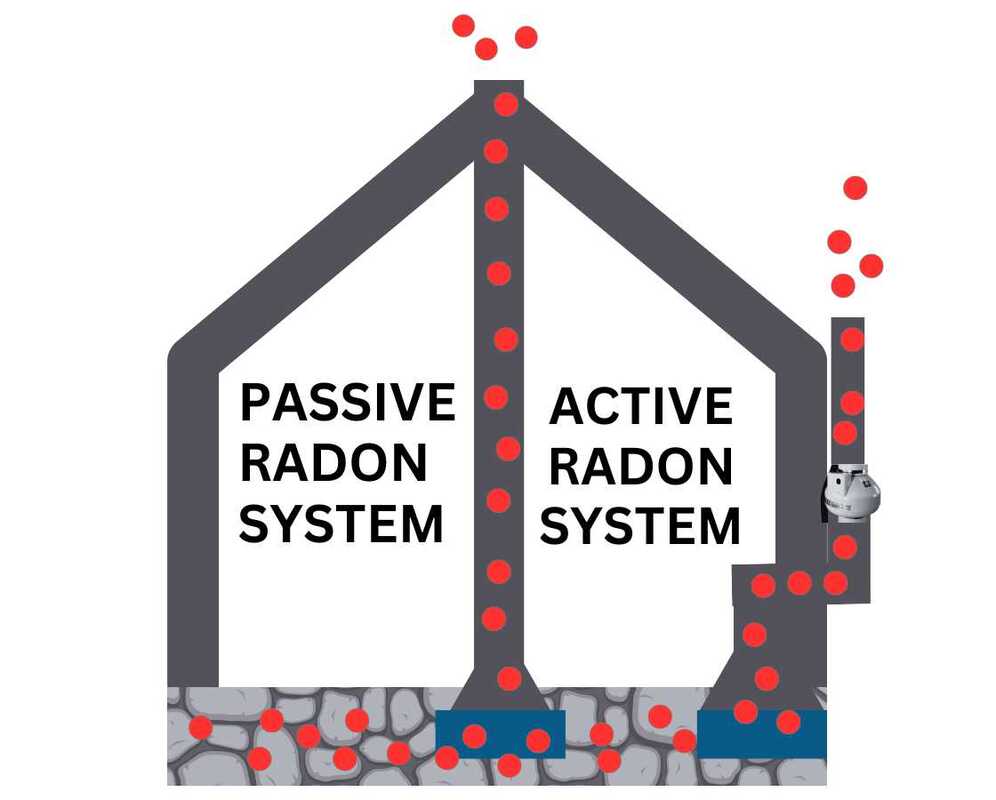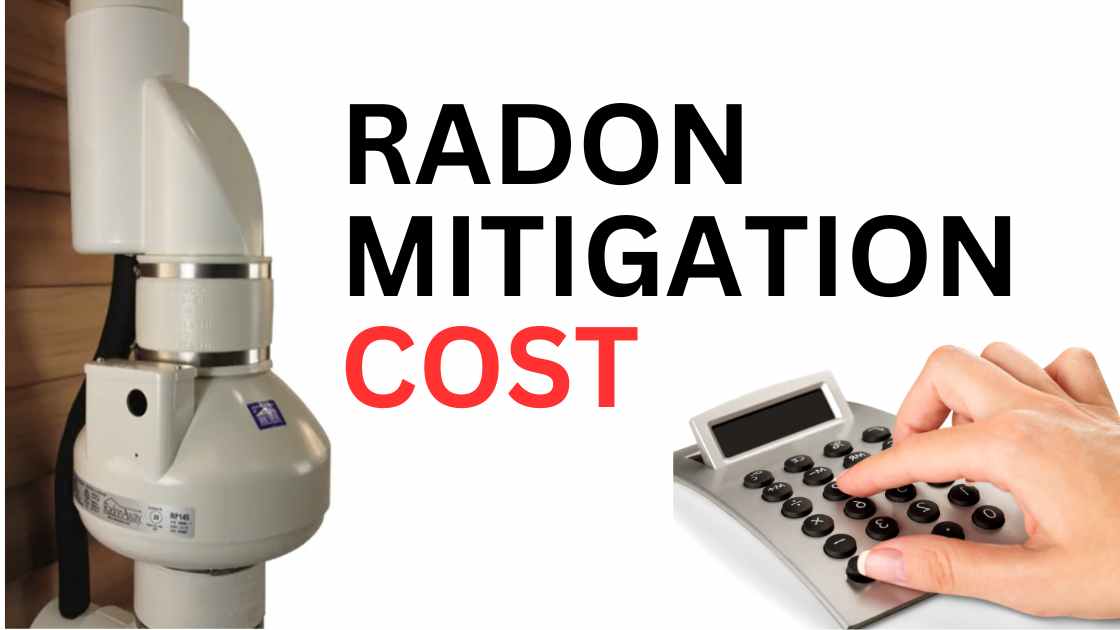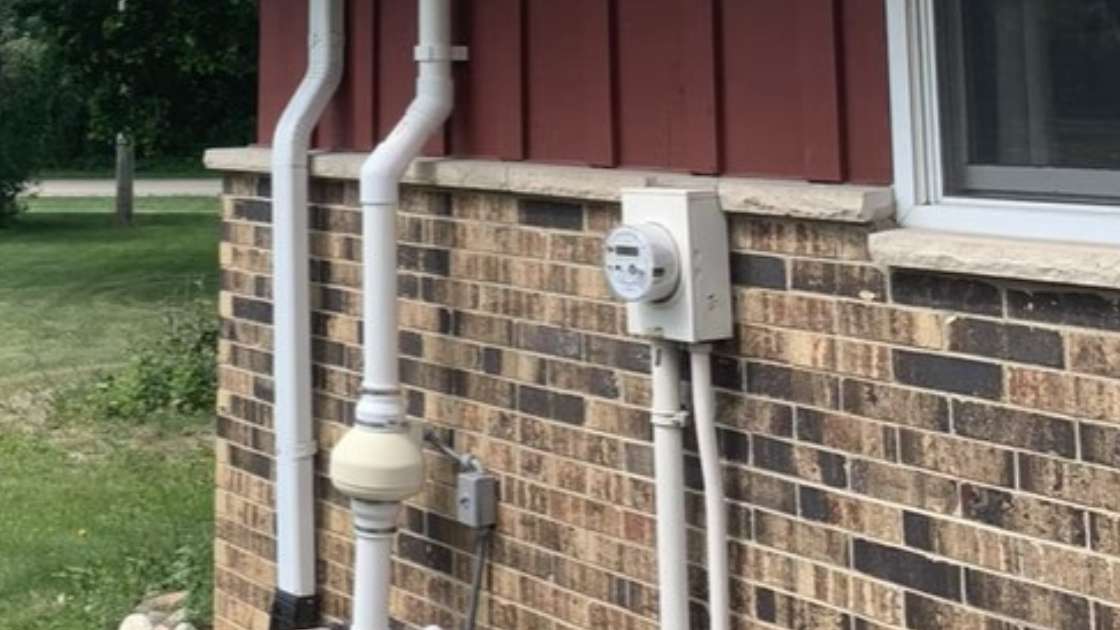Passive vs. Active Radon Systems: Exploring the Pros and Cons to Help You Pick the Right Solution4/20/2023
Radon is a radioactive gas that is colorless, odorless, and tasteless. It is formed naturally from the decay of uranium in rocks and soil. Radon can enter houses and structures through foundation, wall, and floor fissures. High radon levels can cause lung cancer, particularly in smokers. This article will compare passive and active radon mitigation systems to help homeowners choose the right solution to reduce radon levels in their homes. Passive radon mitigation systems use natural airflow to reduce radon levels in a home. On the contrary, active radon mitigation systems actively use fans and other equipment to reduce radon levels. Read on to learn more. Passive Radon Mitigation SystemsPassive radon mitigation systems rely on natural air movement to reduce radon levels in the home. These systems are typically installed during the construction of a new home or added as a retrofit to an existing home. They work by creating a pressure difference between the soil beneath the home and the interior of the home, which causes radon gas to move away from the house. Passive radon mitigation systems typically contain a vent pipe from the home's foundation to the roof. This vent pipe allows radon gas to escape beneath the home and vent into the atmosphere. A fan is not used in this system; it relies on natural air movement to carry the radon gas away from home. Pros
Cons
Active Radon Mitigation SystemsActive radon mitigation systems are more effective than passive systems, and they work by actively removing radon from home. They typically consist of a fan and ventilation pipe system that creates negative air pressure in the soil surrounding the home, which helps to draw radon gas out from beneath the home's foundation and vent it safely to the outside. Pros
Cons
Making the Right ChoiceChoosing the right radon mitigation system for your home involves considering several factors.
Importance of Professional InstallationRegardless of the type of radon mitigation system you choose, it is essential to have it installed by a qualified professional. This will ensure that the system is installed correctly and will function effectively to reduce radon levels in your home. ConclusionRadon is a serious health hazard, but there are ways to reduce its levels in the home. Passive and active radon mitigation systems have advantages and disadvantages.
Still, by considering your home's specific needs and budget, you can choose the right system to protect your family's health. Always have your system installed by a qualified professional to ensure it works effectively. Reducing radon levels in your home is essential in ensuring your family's safety and well-being. A silent killer, radon gas may penetrate our houses and contaminate the air we breathe. The breakdown of uranium in the soil produces radon, a radioactive gas that is tasteless, odorless, and colorless. Over 21,000 deaths occur in the US each year due to it, which is the second most common cause of lung cancer after smoking. Via gaps in the foundation, walls, or flooring of your home, radon can seep inside and eventually build up to lethal levels. Therefore, it is essential to act to safeguard your house and family from this dangerous gas. Installing a radon mitigation system in your house is the most effective approach to accomplishing this. This post will go through radon mitigation costs and budgeting for them. We'll also examine the advantages of installing a radon mitigation system in your house. What is Radon Mitigation?Reducing the amount of radon gas in the air is known as radon mitigation. Sub-slab depressurization is the method of radon mitigation that is used the most often. This entails setting up a network of pipes and fans beneath the home's foundation to extract radon gas from the ground and exhaust it outside. Moreover, radon mitigation devices can be put in various components of the house, including basement walls, sump pumps, and crawl spaces. The price of radon mitigation varies according to the size, complexity, and location of the system in your home. Related Article: Passive radon system versus an active system What Does Radon Mitigation Cost?A few hundred dollars to several thousand dollars can be spent on radon mitigation. A radon mitigation system typically costs between $500 and $4,000, with an average cost of roughly $1,200. The size of your property, the foundation type, the quantity of radon, and the complexity of the system are some of the variables that affect the price of radon mitigation. Houses with higher radon levels or more complicated foundations would need a more pricey solution. Obtaining a precise quotation from a licensed radon mitigation professional is crucial. A qualified expert will inspect your house and give you a personalized quotation based on your unique requirements. How to Budget for Radon Mitigation?The cost of radon mitigation is required to protect your family's safety and health. It is, however, a cost that may also be planned for and budgeted for. Obtaining an estimate from a qualified specialist is the first step in creating a budget for radon reduction. You can begin to plan and save for the cost once you have an estimate. There are many strategies to reduce the cost of radon mitigation. Programs for financial support are available in some states for families with low incomes or those living in high-risk locations. To get the greatest deal, you can also shop around and compare quotes from a lot of licensed experts. By performing the radon mitigation yourself, you can also save money. This is not advised, though, as setting up a radon mitigation system calls for specialist knowledge and experience. Hiring a licensed specialist is necessary to guarantee that the system is implemented appropriately and successfully lowers the radon gas content in the air. Call Fort Collins Radon Mitigation 970-299-9763 Benefits of Radon MitigationThe main advantage of radon mitigation is the decrease in radon gas levels in the air, which can enhance indoor air quality and lower lung cancer risk in your home. Radon mitigation can provide you and your family peace of mind and raise the value of your house when you decide to sell it. In addition to having positive effects on health, radon reduction can also lower energy expenses. The system can limit the intrusion of outside air and radon gas, which can both lessen the stress on your HVAC system and lower your energy costs. A further advantage of radon mitigation is that it can aid in shielding your property against moisture and mold issues. The system can aid in lowering the air's moisture content, which can aid in limiting the development of mold and mildew ConclusionIt is important to consider radon gas seriously as a health risk. A radon mitigation system must be installed if you live in a region with high levels of radon or if you are worried about the air quality in your house.
The size and complexity of the system, the location of your property, and the quantity of radon are a few variables that affect the price of radon mitigation. It's crucial to budget for the cost and obtain a precise estimate from a trained radon mitigation professional. Reduced radon levels in the air, better air quality, fewer energy costs, and the avoidance of moisture and mold issues are just a few advantages of radon mitigation. A radon mitigation system is an investment in both the value of your house and the safety and health of your family. |
Archives
June 2024
Categories |
|
Serving Fort Collins, CO and Surrounding Areas
|
|







